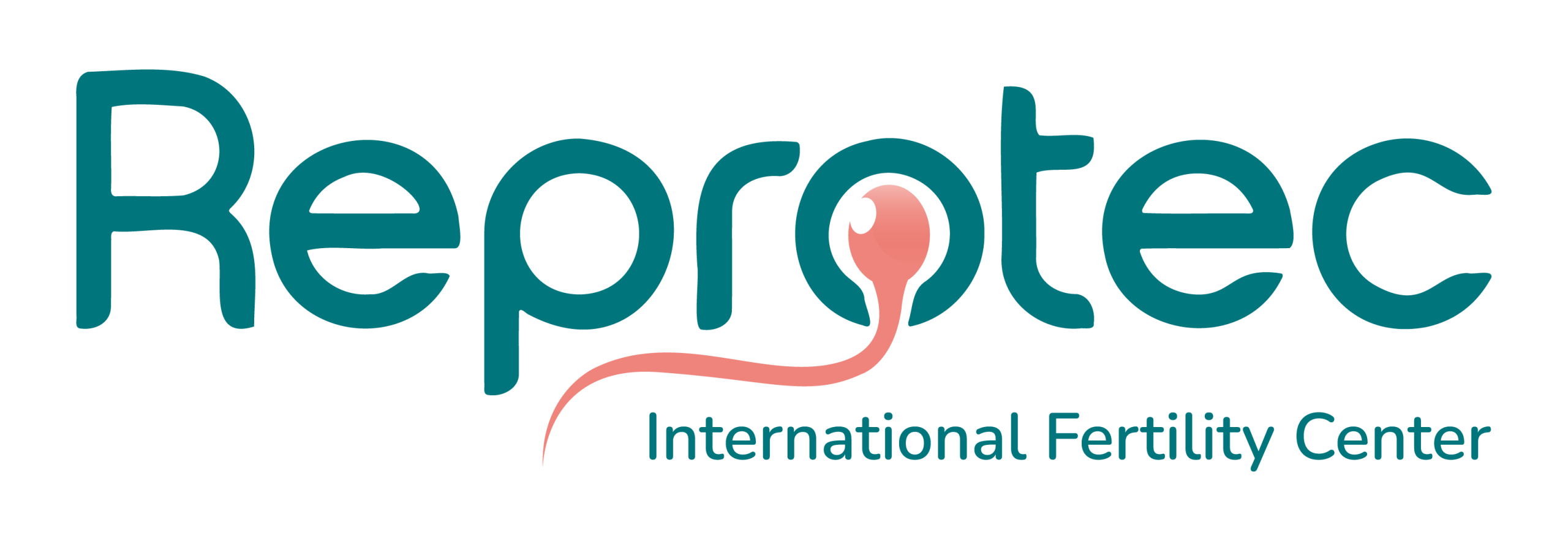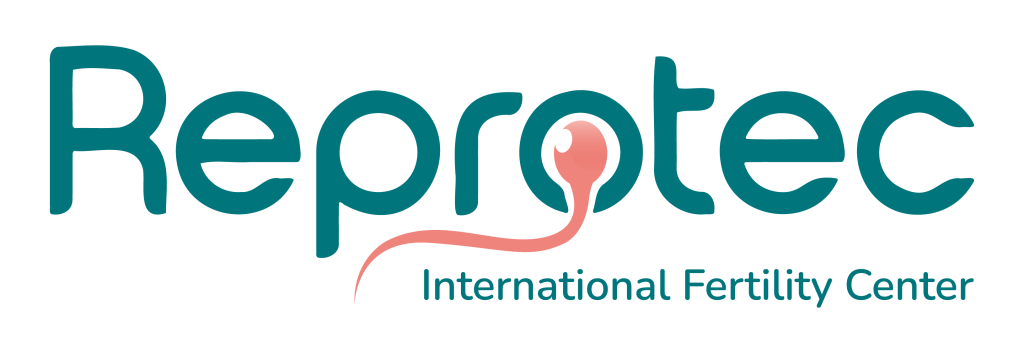Egg Donation:
A highly effective alternative to achieve pregnancy
In vitro fertilization with donor eggs, also known as egg donation, is an advanced assisted reproduction technique designed for women who, for different reasons, cannot use their own eggs.
This treatment is recommended in cases of low ovarian reserve, poor egg quality, loss of ovaries, advanced reproductive age, or risk of transmitting genetic diseases.
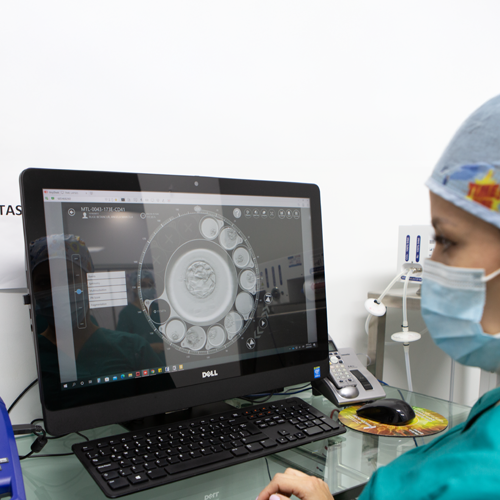
How does egg donation work?
Initial evaluation & genetic compatibility
Identifying the most suitable donor for each couple (medical, phenotypical, psychological, ethnic and genetic characteristics).
Step 1Donor ovarian stimulation & egg retrieval
Eggs may be retrieved in advance and vitrified for later use, or fertilized fresh with the selected sperm sample.
Step 2Endometrial preparation for the recipient
• Natural cycle: the recipient’s own ovulation is used.
• Artificial cycle: medication is used to prepare the endometrium.
•Ultrasound scans monitor endometrial thickness and pattern before embryo transfer.
Step 3Fertilization & embryo culture
Eggs are fertilized with sperm from the partner or a donor, and cultured in the embryology lab as in a regular IVF cycle.
Step 4Preimplantation Genetic Testing (PGT-A) – optional:
A genetic study to detect chromosomal abnormalities in blastocyst-stage embryos. This involves freezing the embryos and transferring only the healthy ones at a later date.
Step 5Embryo transfer
• Fresh transfer: in the same cycle when the eggs are fertilized.
• Deferred transfer: using previously vitrified embryos.
Step 6Pregnancy test
12–14 days after embryo transfer.
Step 7Remaining embryos & next steps
Extra embryos are kept frozen for future attempts.
Step 8• Natural cycle: the recipient’s own ovulation is used.
• Artificial cycle: medication is used to prepare the endometrium.
• Ultrasound scans monitor endometrial thickness and pattern before embryo transfer.
Eggs are fertilized with sperm from the partner or a donor, and cultured in the embryology lab as in a regular IVF cycle.
A genetic study to detect chromosomal abnormalities in blastocyst-stage embryos. This involves freezing the embryos and transferring only the healthy ones at a later date.
• Fresh transfer: in the same cycle when the eggs are fertilized.
• Deferred transfer: using previously vitrified embryos.
12–14 days after embryo transfer.
Extra embryos are kept frozen for future attempts.
How are egg donors selected?
The donor selection process is rigorous, ensuring both safety and quality.
It takes about two months and involves several stages:

Initial interview
Conducted by the program specialist, explaining the donation process and requirements.

Medical assessments
Detailed review of the donor´s overall health, personal history, and gynecological evaluation.

Psychological evaluation
To confirm the donor’s mental health.
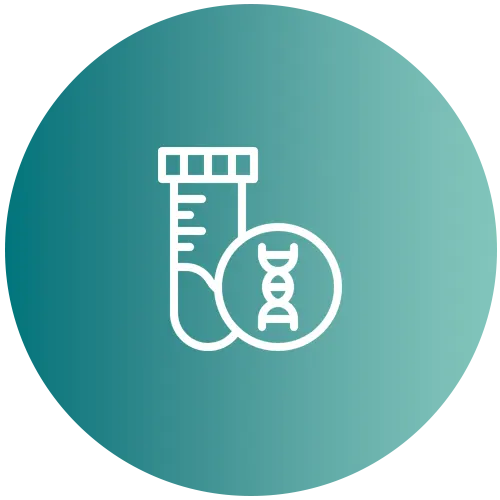
Laboratory & genetic testing
Complete blood work and compatibility studies to rule out hereditary conditions.
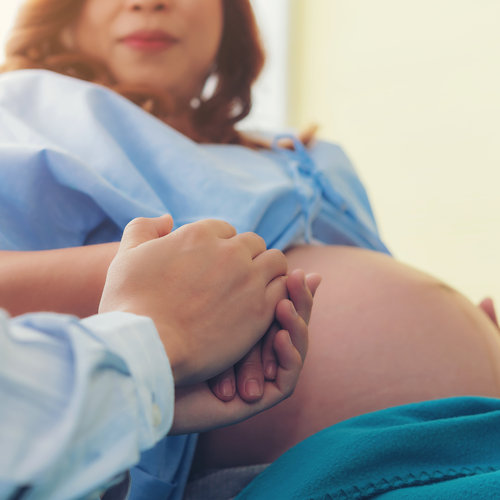
Genetic compatibility: choosing the best option for you
One of Reprotec’s key differentiators is requiring genetic compatibility testing for every donor match. This goes beyond physical and medical traits, considering genetic factors to reduce hereditary risks and improve similarity between donor and recipient.
Thanks to our robust egg donation program and solid egg bank, patients have greater chances of finding an ideal donor with enhanced safety throughout the treatment.
Pregnancy rate in patients under 35 years of age
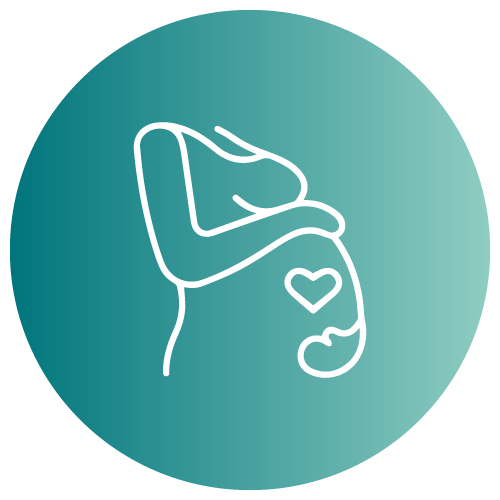
Pregnancy rate in patients with donated eggs
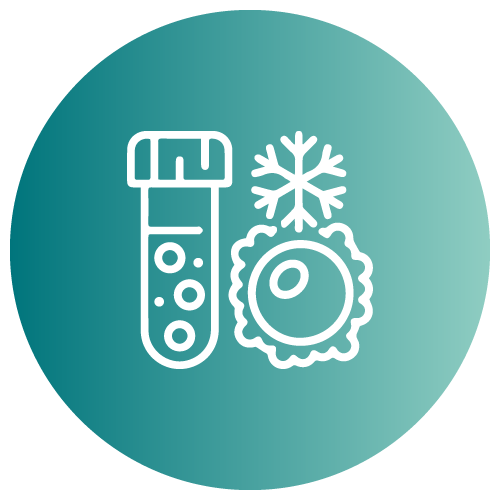
Pregnancy rate with normal embryo (Euploid)


Pregnancy rate in patients under 35 years of age

Pregnancy rate in patients with donated eggs

Pregnancy rate with normal embryo (Euploid)

Our high success rates are the result of carefully controlled processes adherence to strict protocols both clinical and in the lab and the support of advanced technologies such as Witness and Time Lapse, which ensure safety, accuracy, and comfort through continuous monitoring at every stage of treatment.
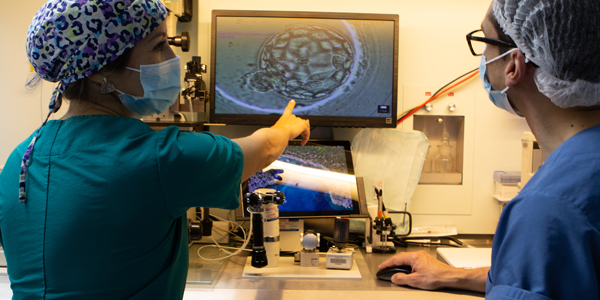
Preguntas frecuentes sobre ovodonación
- ¿Puedo elegir a mi donante?
- ¿El bebé se parecerá a mí aunque use óvulos donados?
- ¿La donante conoce mi identidad?
- ¿Qué edad deben tener las donantes?
- ¿Cuál es la diferencia entre usar óvulos propios y óvulos donados?
- ¿Qué riesgos existen en este tratamiento?
- ¿La ovodonación aumenta mis probabilidades de embarazo?
- ¿Es confidencial el proceso?
- ¿Qué sucede si no me embarazo en el primer intento?
- ¿Qué pasa si me sobran embriones?
